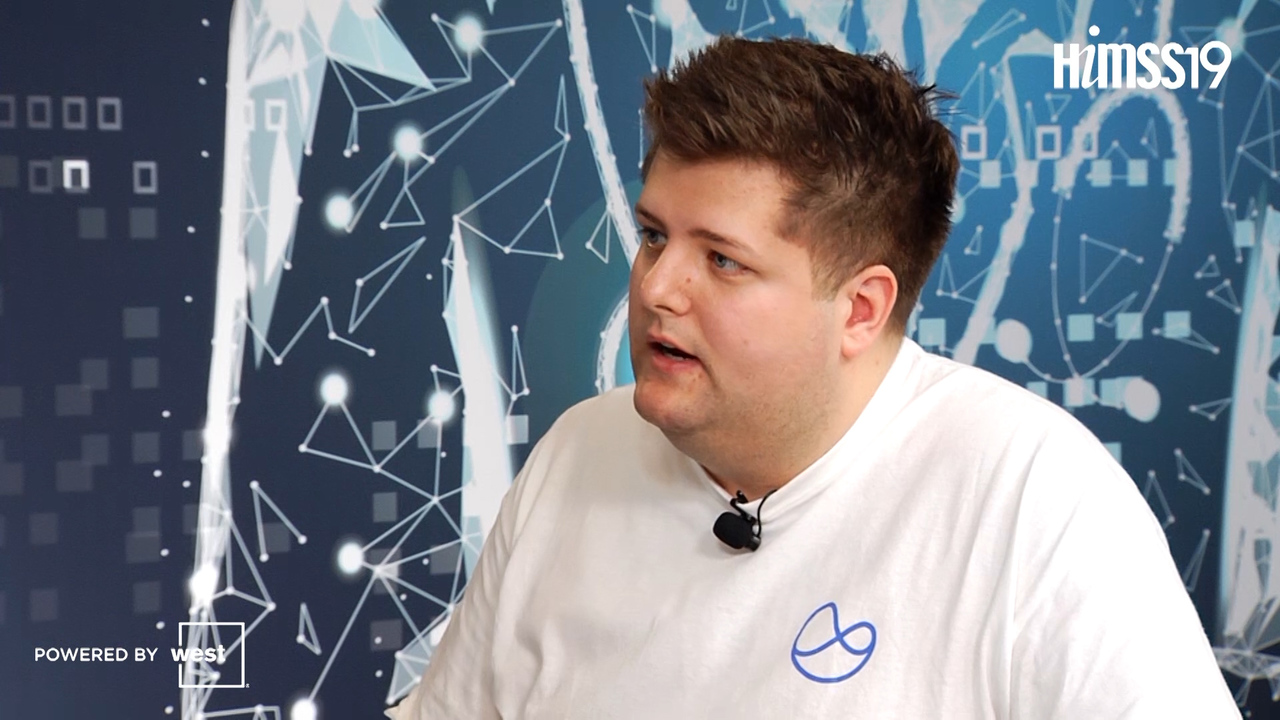HIMSS19
The industry veteran and head of the CTA on the greatest threat to innovation, empathy as the new currency – and why every health organization should be thinking like a tech company.
The research firm's big takeaway from Orlando this past month: Newly empowered patients and the proliferation of data they bring will boost the business case for exchange – and have "cascading effects" for cloud, AI and more.
The pharmaceutical industry’s biggest barrier? Data, of course.
A lot of attention is focused on network access security; it can be easy to overlook the vulnerability of data at the edge.
seeCOLe integrates with FHIR and APIs to work with a variety of EHRs.
Cloud can make technology invisible – something that often improves the work and lives of people who use it.
Cloud Computing
With cloud computing gaining traction in healthcare, executives who have already started down the path to cloud-first offer advice for others.
Data from Current Health’s wireless device is analyzed and shared with healthcare providers to improve the outcomes of high-risk patients at home, says CEO Christopher McCann.
The HIMSS Electronic Health Record Association's Opioid Crisis Task Force has created what it calls the "ideal minimum data set" to get physicians the right information to enable safer EPCS.
Info-blocking ruled the day, while APIs, FHIR, artificial intelligence and virtual reality were also prominent themes at this year’s Global Conference.
